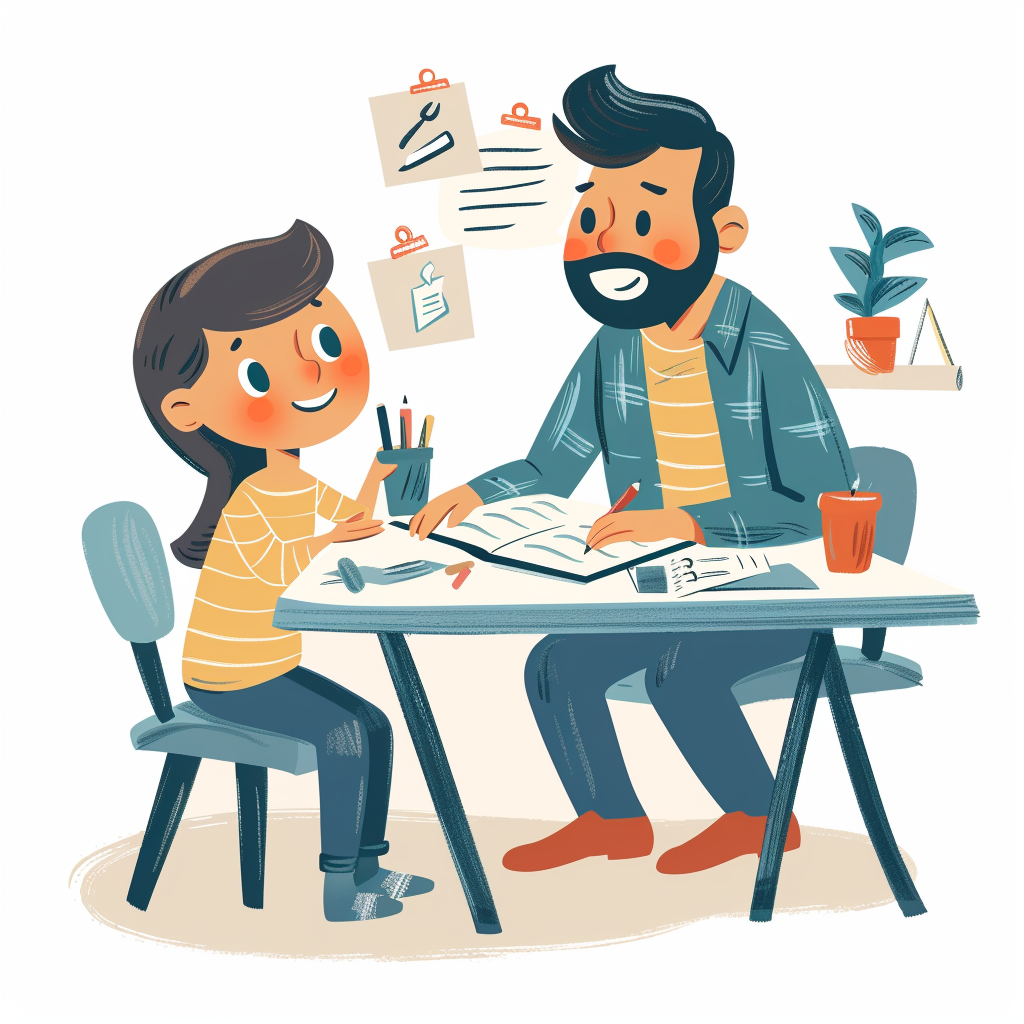How To Add And Subtract - KS1/KS2 Quick Guide, Methods Used In Primary Schools
Let your child take charge of their learning
Access print-friendly, downloadable Maths and English resources for easy learning.
Our aim is to help children succeed at school. Supporting children in Maths and English can be made easier if you have the right resources.
Choose from our many plans or try us for free with Teach Weekly.


Maths - Addition and Subtraction Written Methods
The way addition and take away is taught in schools is different to how many people may remember being taught when they were at school.
Early Years / Key Stage 1
Children will begin to add and subtract in Early Years (Foundation 2) and key stage 1. At this stage they will be using lots of practical methods of counting e.g. using cubes, beads, counters, almost anything you can think of! They begin by understanding that 'add' means to combine two groups of objects and subtract means 'taking away' objects. Children will begin by using numbers up to 5, then numbers to 10, then numbers to 15 or 20 depending on their ability.
Children then move onto counting on and counting back. This can be done using number lines, where they start at a number and count on by making jumps along the number line in 1's.
Key Stage 2
As children move into key stage 2, they are introduced to different ways of adding and taking away. By Year 5, most children will be able to use more efficient, written down methods for addition and subtraction. Children will begin to use increasingly larger numbers ( numbers over 10,000), as well as using decimal numbers and roman numerals.
The methods used by schools varies.
Partitioning Method
This is where the numbers being added or subtracted are partitioned in hundreds, tens and units. The partitioned numbers can then be added or subtracted.
e.g. 123 + 76 = 278 - 23 =
123 + 70 = 193 278 - 20 = 258
193 + 6 = 199 258 - 3 = 255
Other Methods of Adding or Subtracting
Other written methods taught to children at school can include the expanded column method and the short column methods (as taught traditionally e.g. by carrying numbers). Children will also continue using numbers lines, but in Key Stage 2 they will be expected to draw their own number lines.
In many schools, teachers want to make sure children can add and subtract mentally, and using written methods. This is part of the reason why the more formal, quicker, written methods (the one most of us are familiar with) isn't taught until Years 4 or 5 (KS2). They want the children to understand the value of numbers and what happens to these numbers when you add and subtract, before showing the quicker methods of carrying (addition) and decomposition (subtracting). The use of number lines first, helps children's confidence adding and subtracting mentally.
Throughout Key stage 2, children will be using the skills they have learnt for adding and subtracting to solve word problems. This can involve 1 and 2 step problems, where children may need to do a few sums before reaching the final answer.
Join Teach My Kids and gain access to Maths worksheets that work through the methods taught at school using clearly explained with examples.
You Might Also Like To Read:
How Do They Teach Addition At School? (FS2/Year 1)
Free Worksheet - Number Bonds to 10
Free Worksheet - Partitioning Numbers (Hundreds, Tens and Units)
Free Worksheet and Activities - Place Value Cards for Making Numbers and Partitioning

Don't take our word for it...
"Amazing site just renewed my subscription for the second year. This site is well structured and has helped to assure me that the work we do at home co-ordinates and strengthens the work done at school."
"Teach My Kids is a fantastic resource. We use the work sheets to reinforce the Maths and English that our children, James 9 and Katie 8, are learning at school. They are ideal for when we have a spare 10 – 15 minutes, and also give us as parents the opportunity to see how much our kids know!
As and when the work sheets are completed, I log in and tick them as completed, so it’s clear which topics have been covered. I try to do 2 - 4 of worksheets a week and feel that they are of great benefit to both our children.
I would definitely recommend ‘Teach My Kids’, it’s fantastic value for money and if you have any questions or queries these are answered promptly."
"I have found the ‘Teach my Kids’ website to be very helpful and informative. The worksheets met my children’s individual needs at a time when I was struggling with ways in which to support them. They were very easy to follow have made a real impact on their confidence in Maths and English.
The website is clear and well thought out and easy for anyone to follow. Any queries are responded to promptly. A great website for parents!"
"Teach My Kids has all the ingredients of the National Curriculum and above all good lesson planning. Such an excellent tool for parents and children. The worksheets are attractive and easy to read and follow. Excellent lively illustrations. I am impressed by the rewards systems and learning path progress. The learning paths are well constructed and brilliant because all the children in the family can use it. Very useful advice to parents.
I would encouraged parents towards this user friendly and excellent web site."
"Teach my kids is a very valuable website! Great worksheets available that help me and my child on her sometimes confusing learning path. Fabulous helpful and friendly owners, would highly recommend!"
"I have been with Teach My Kids for a few months and can see an improvement in my daughter. The rewards have helped her stay focused."




